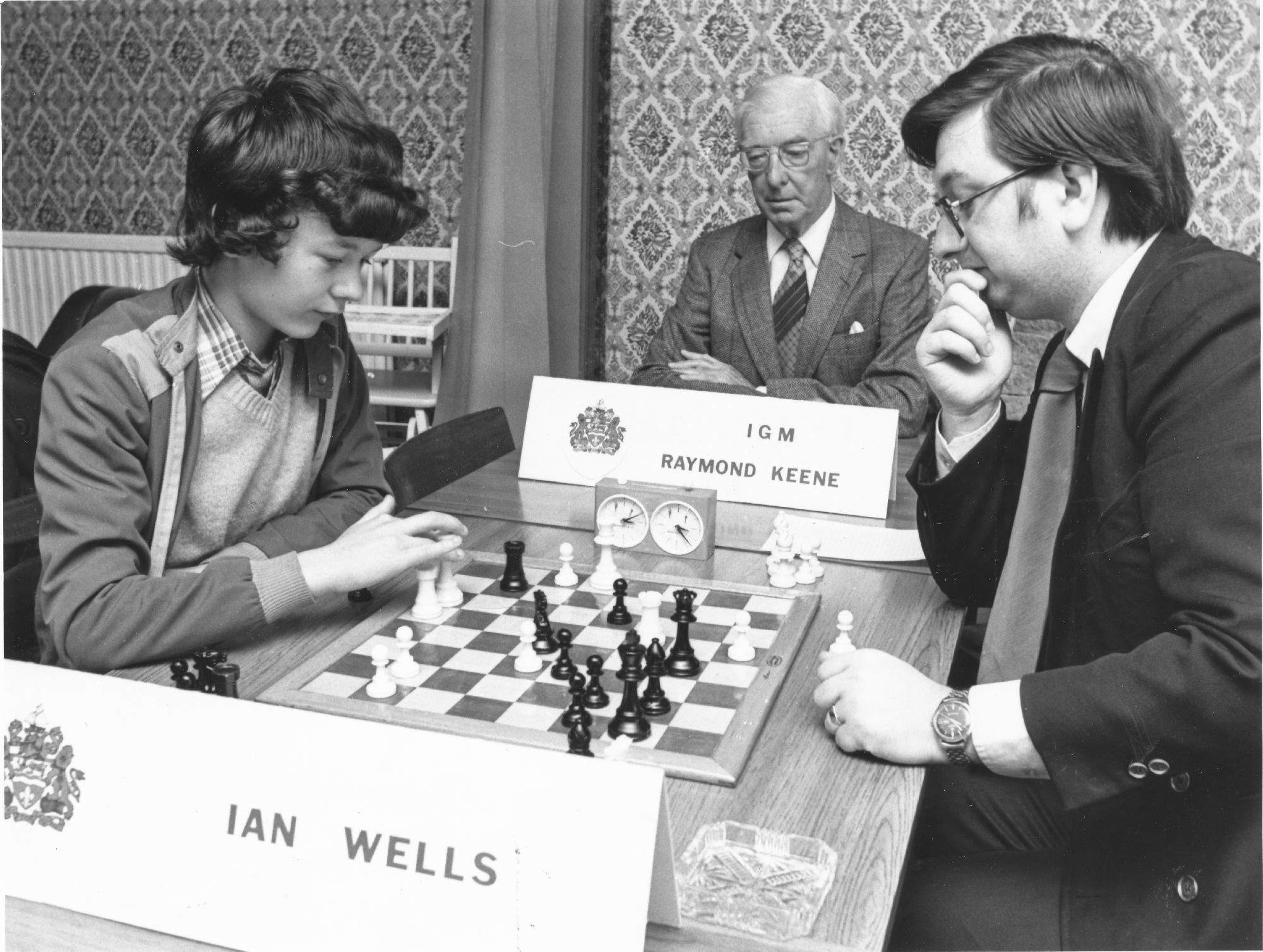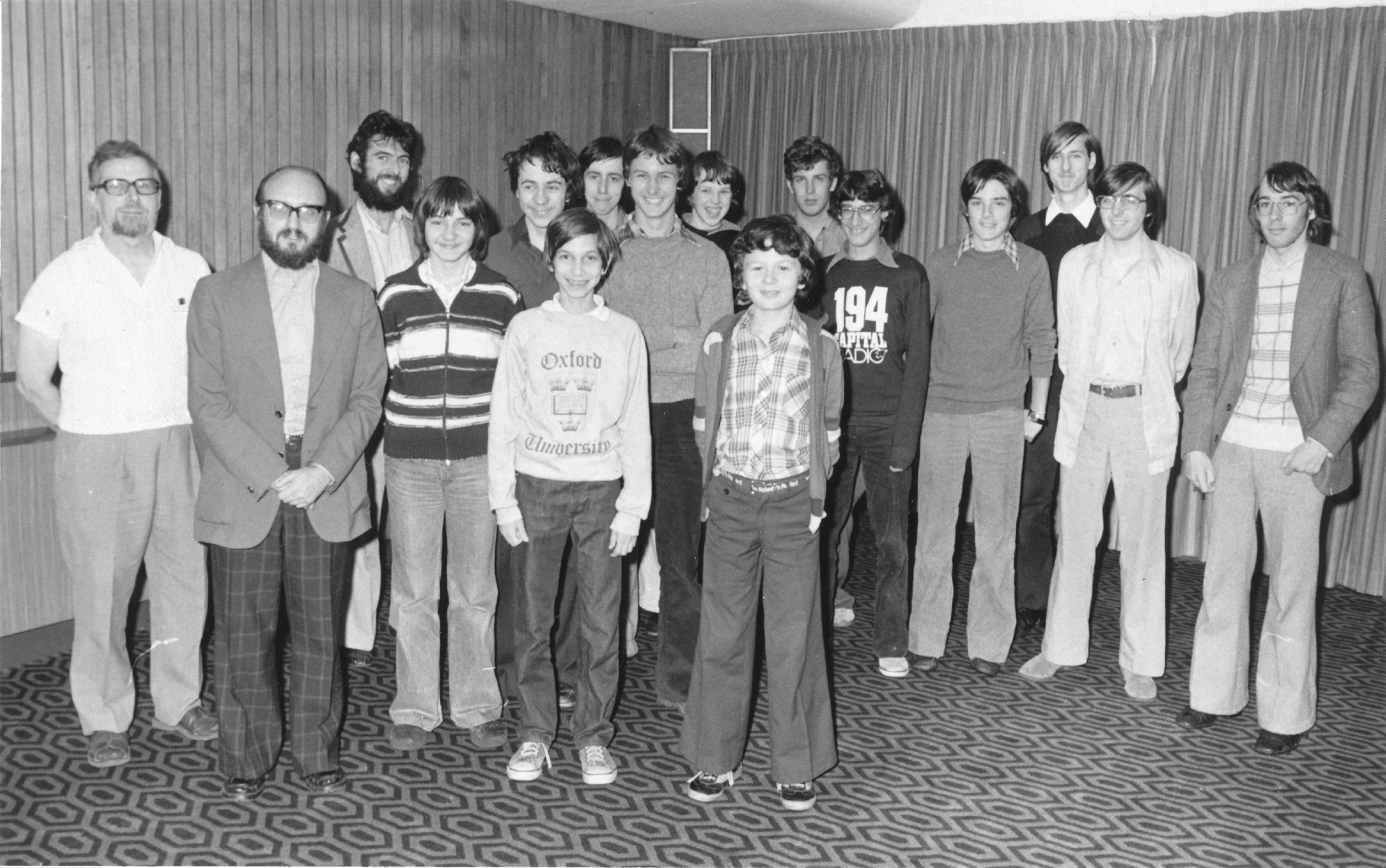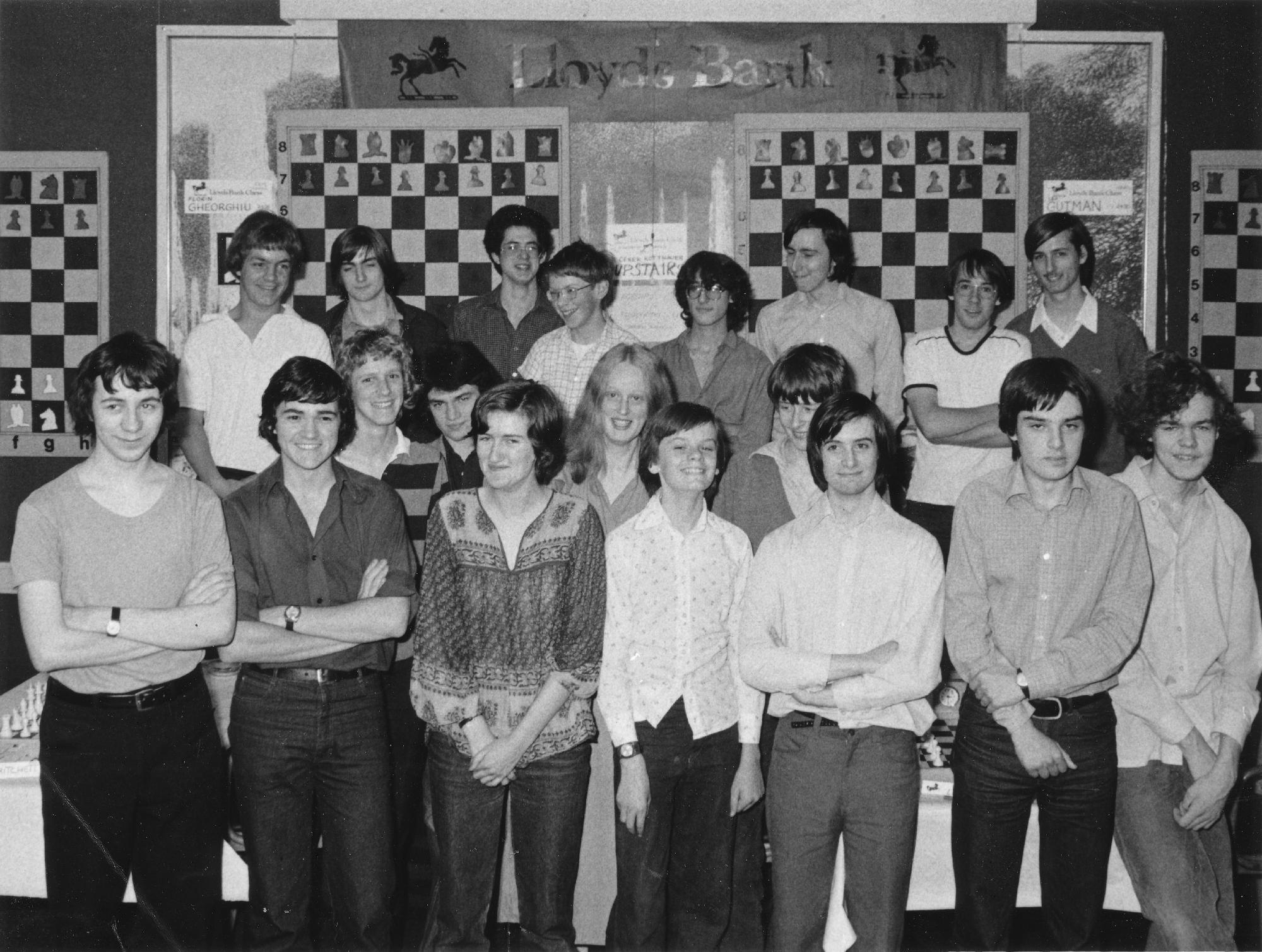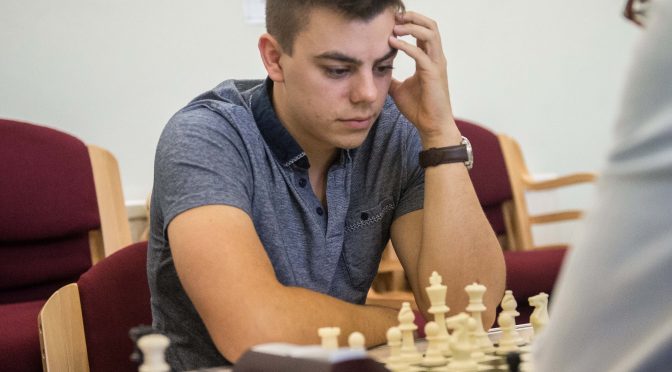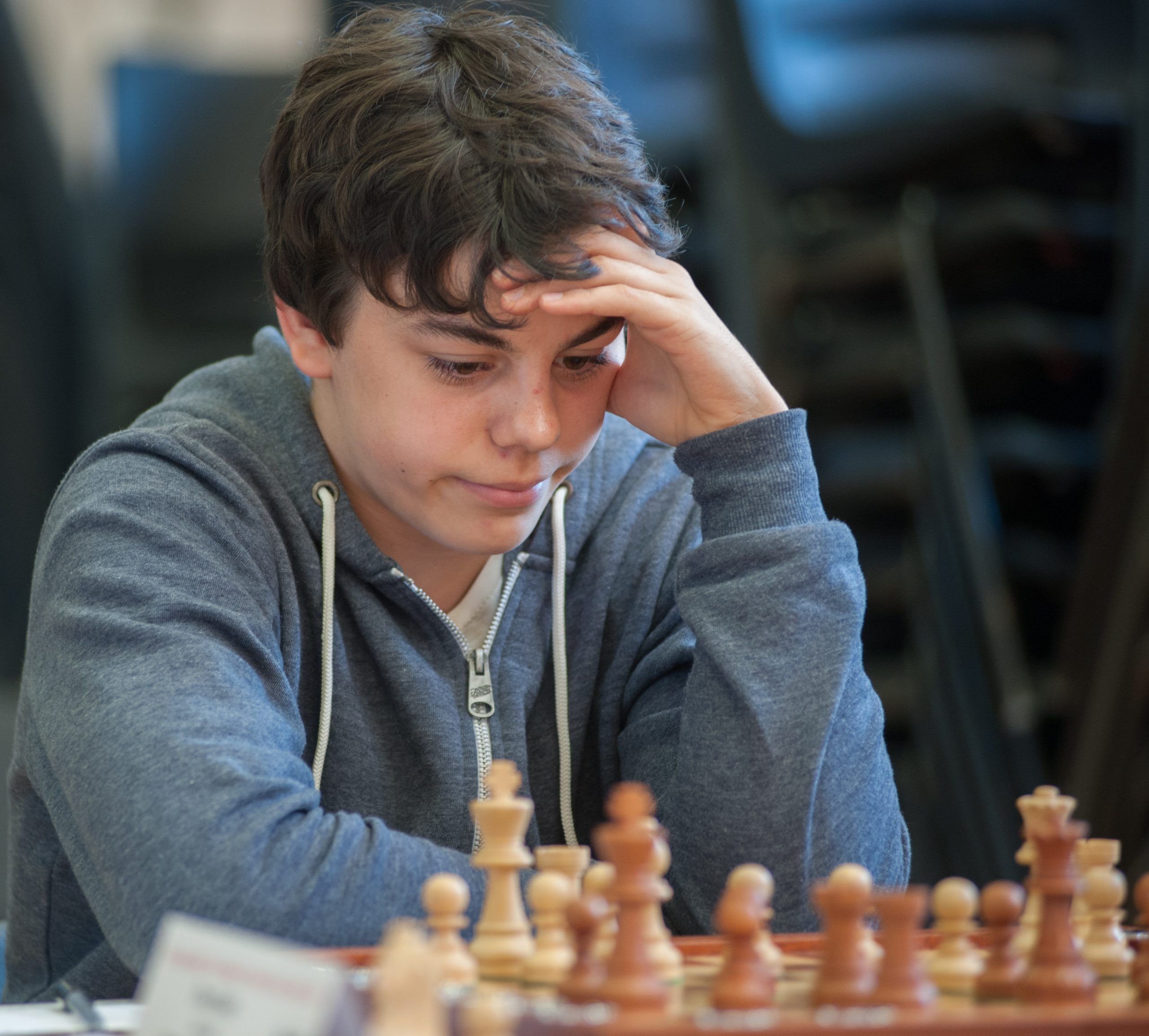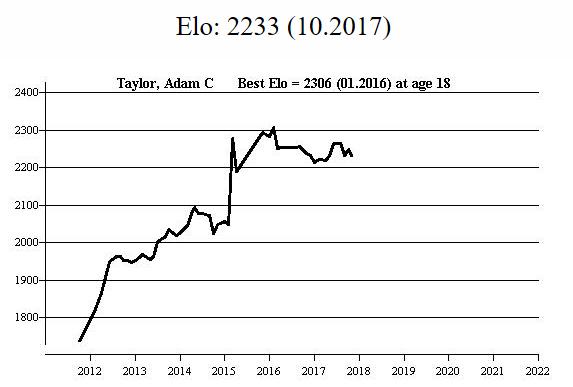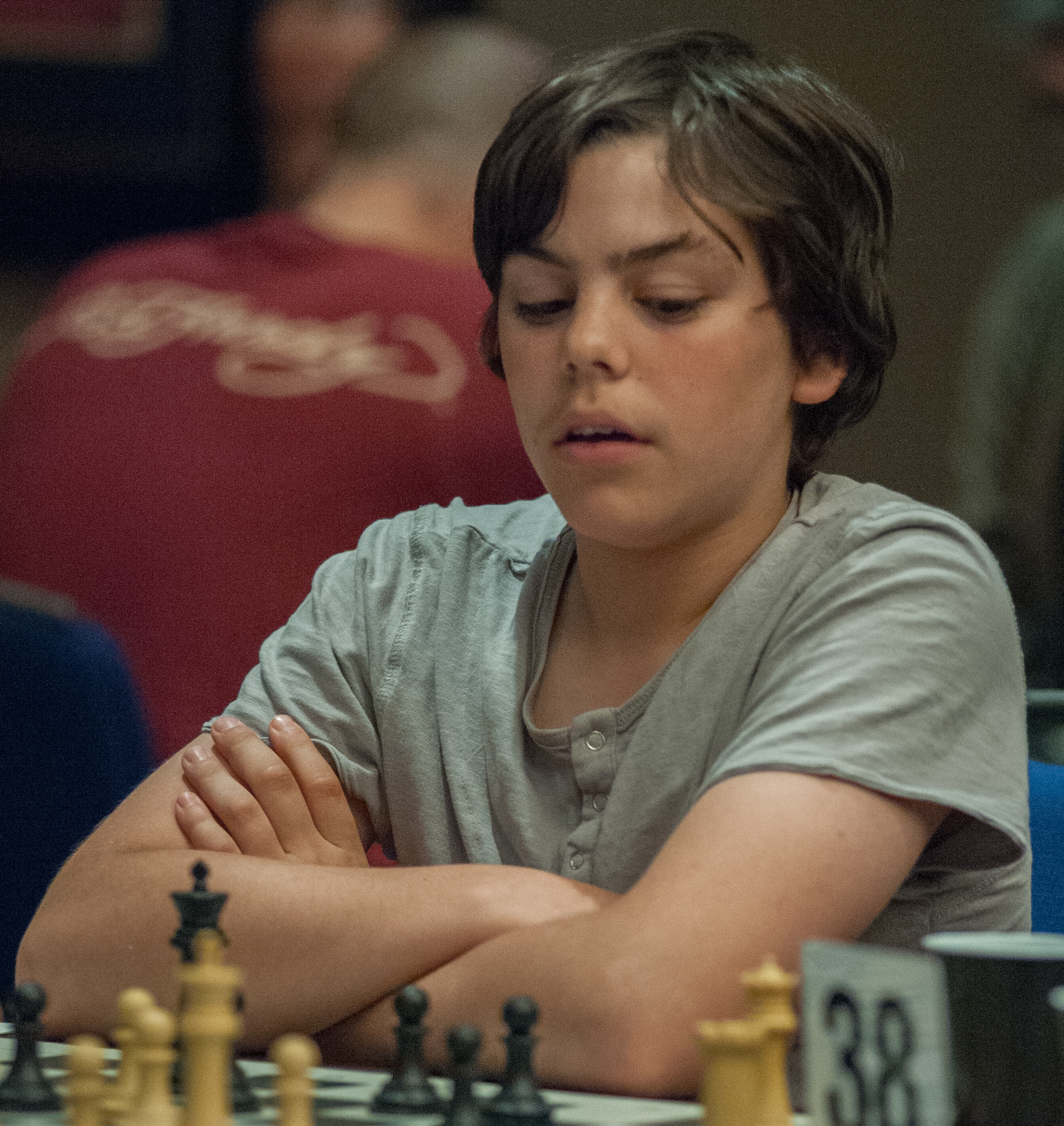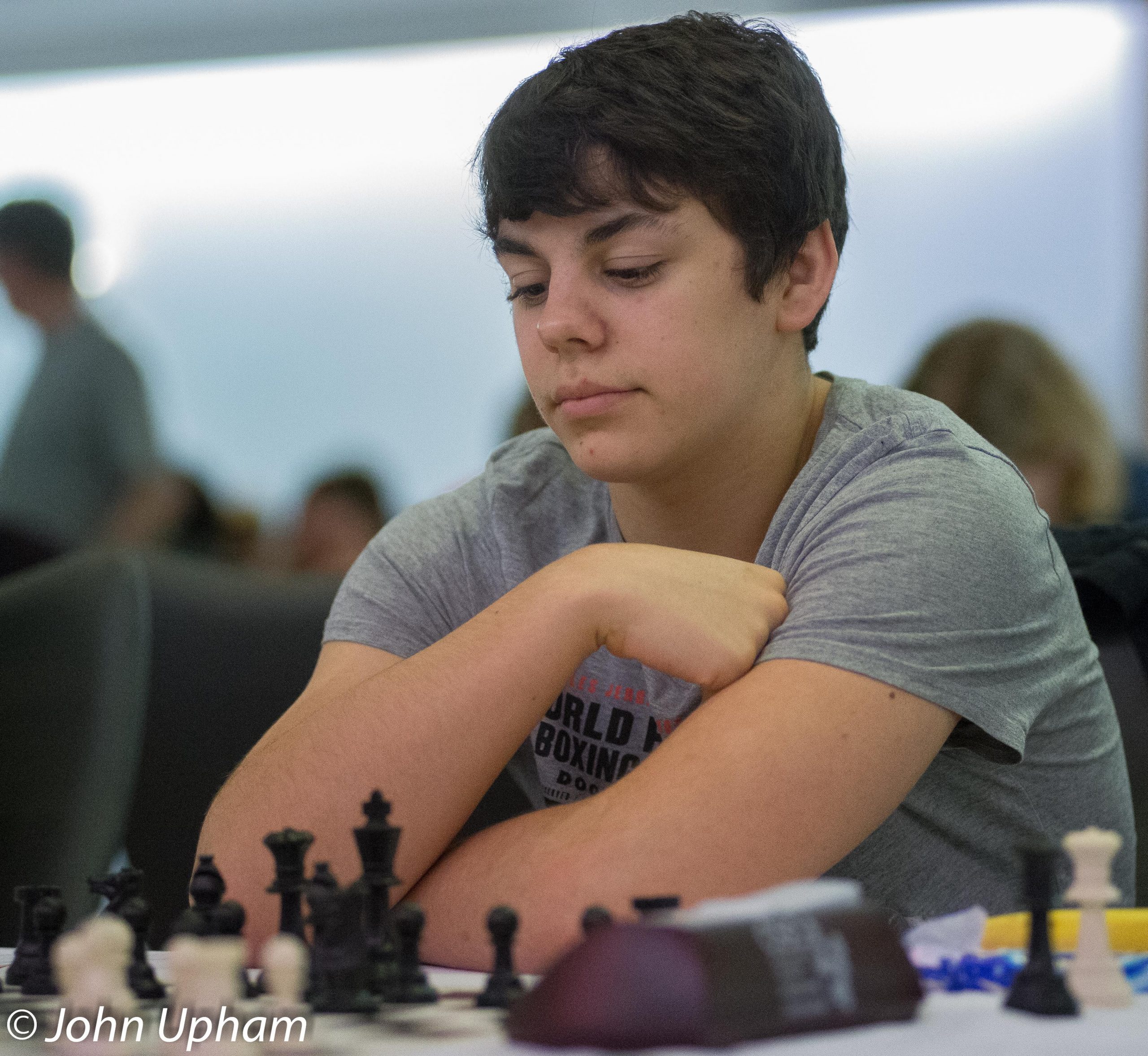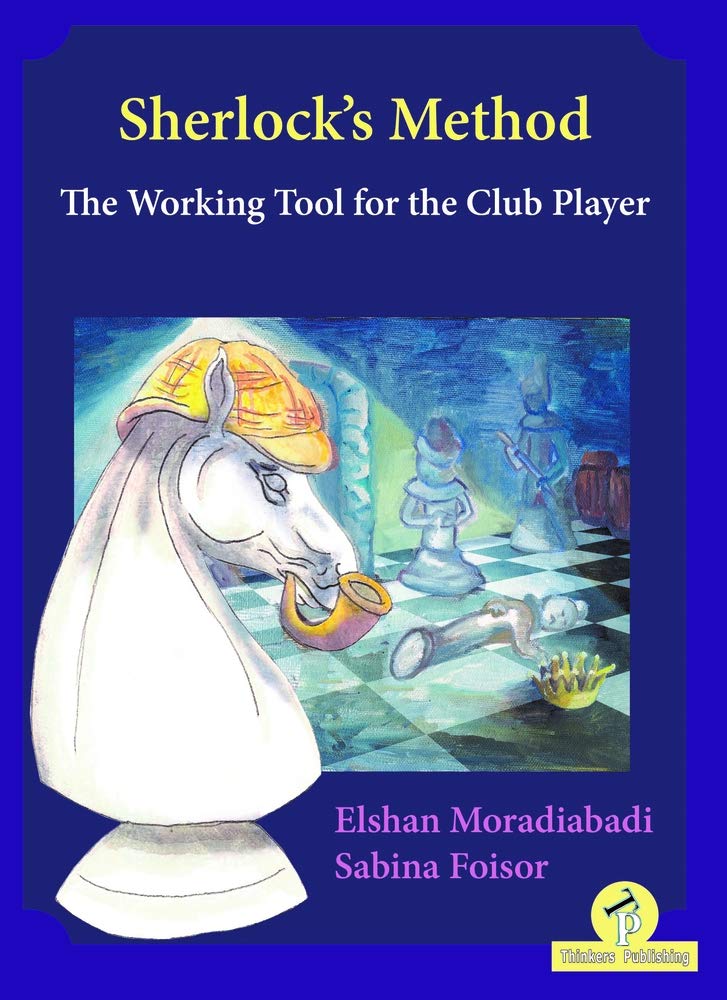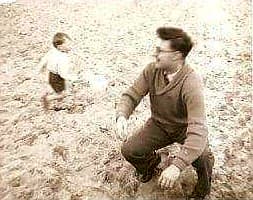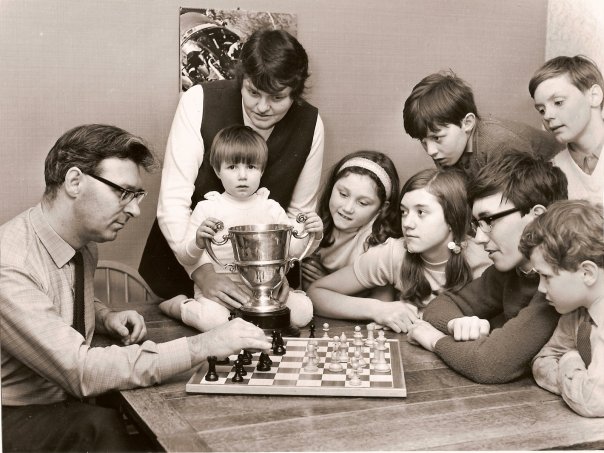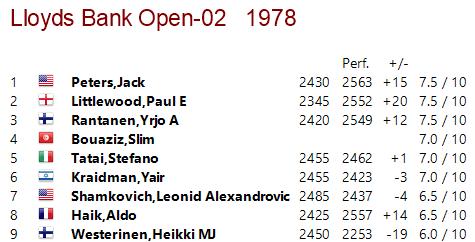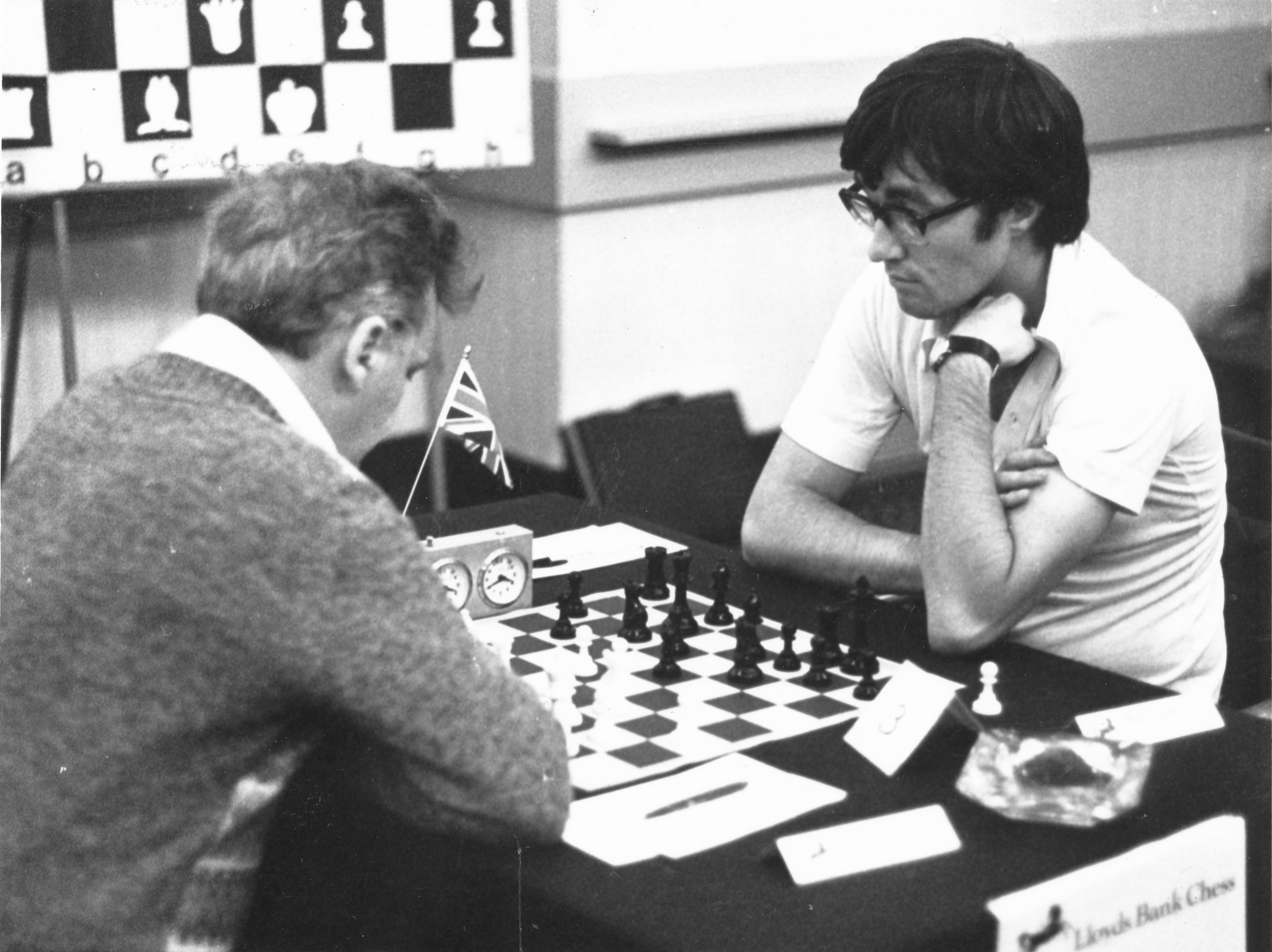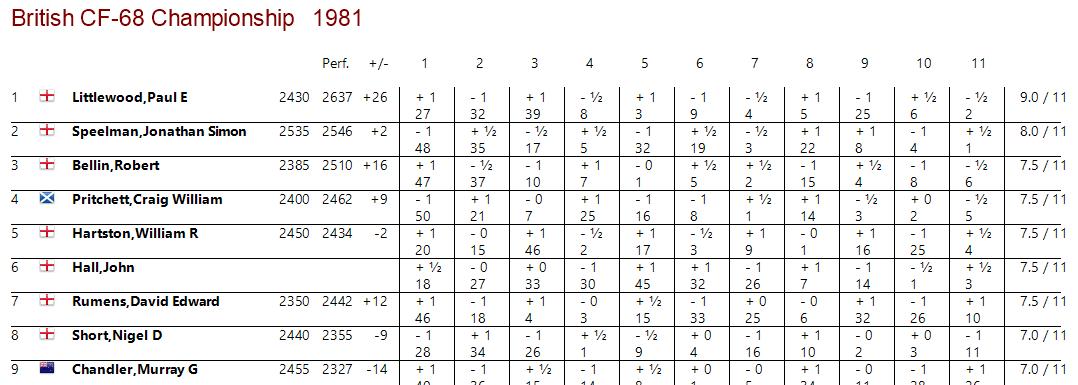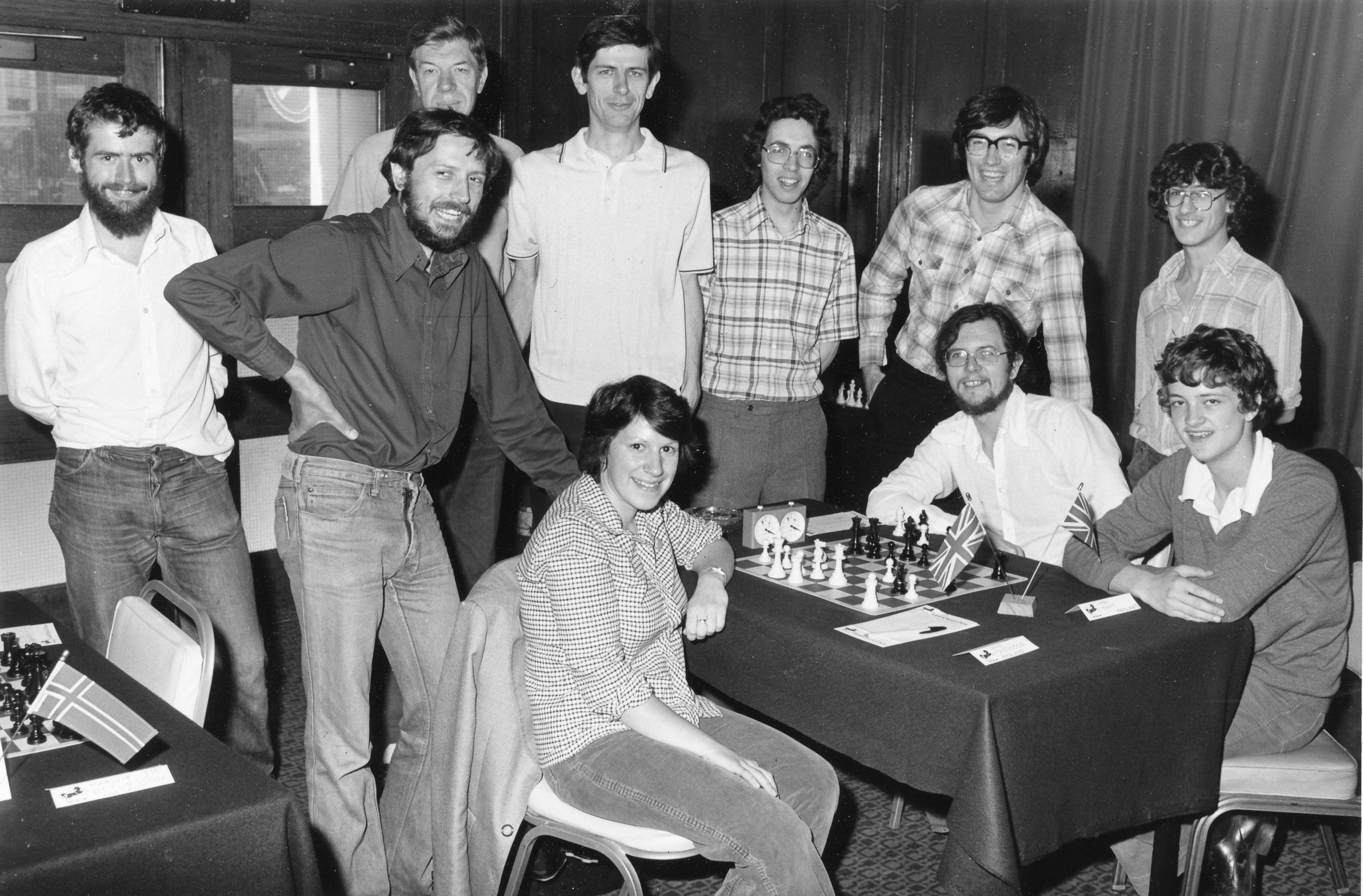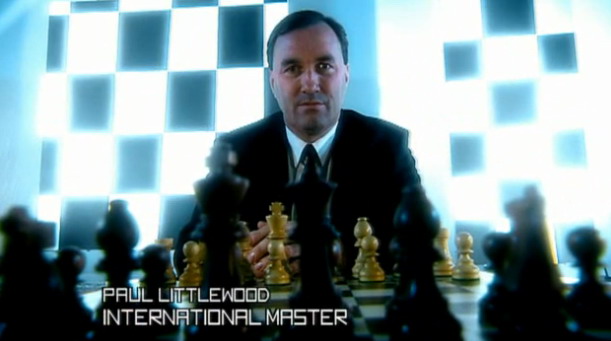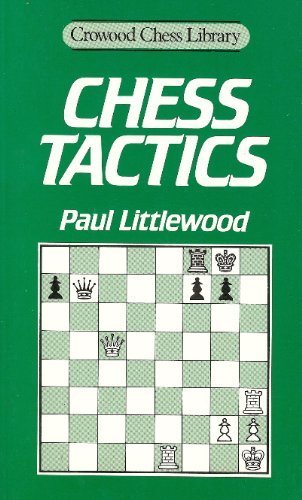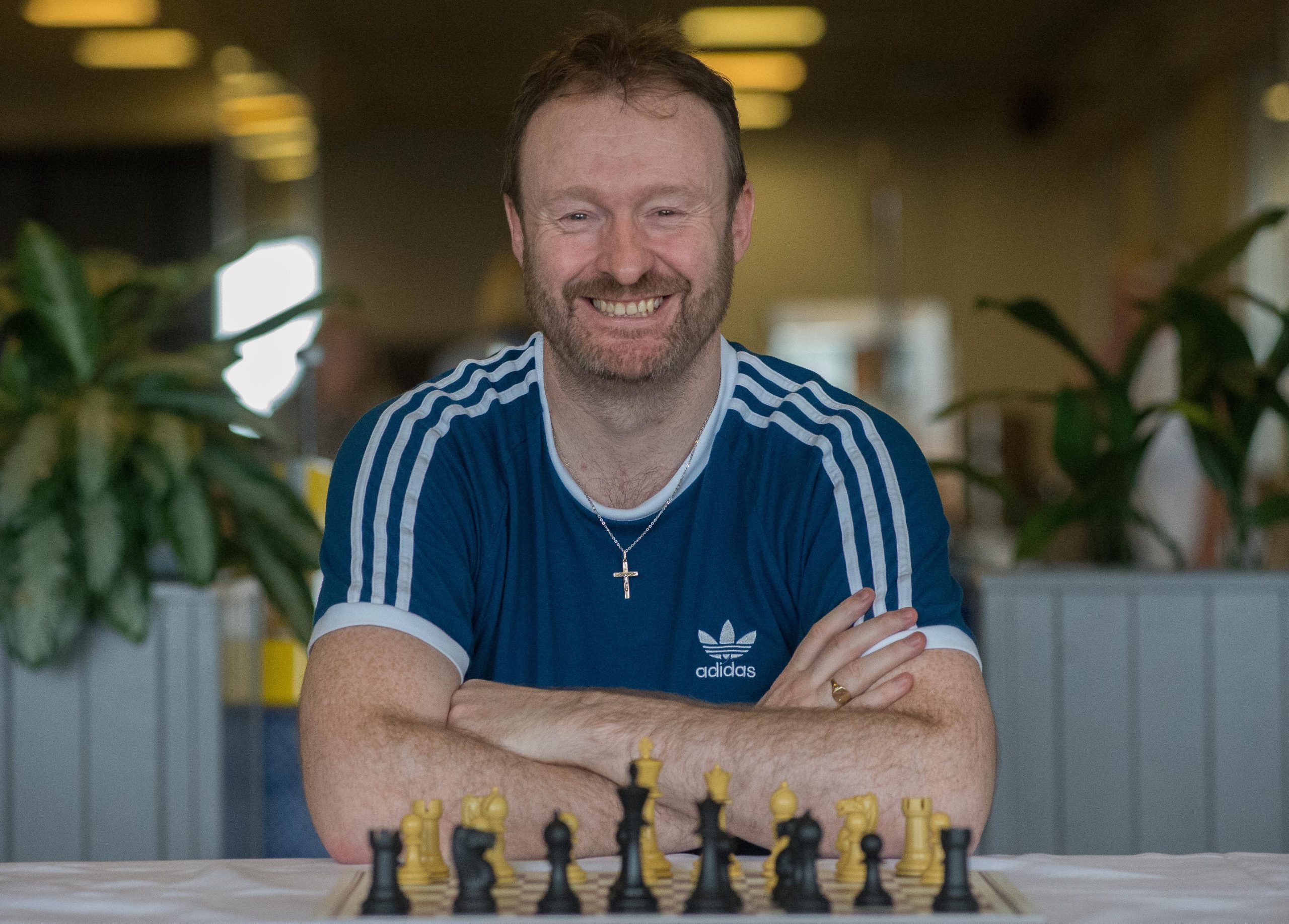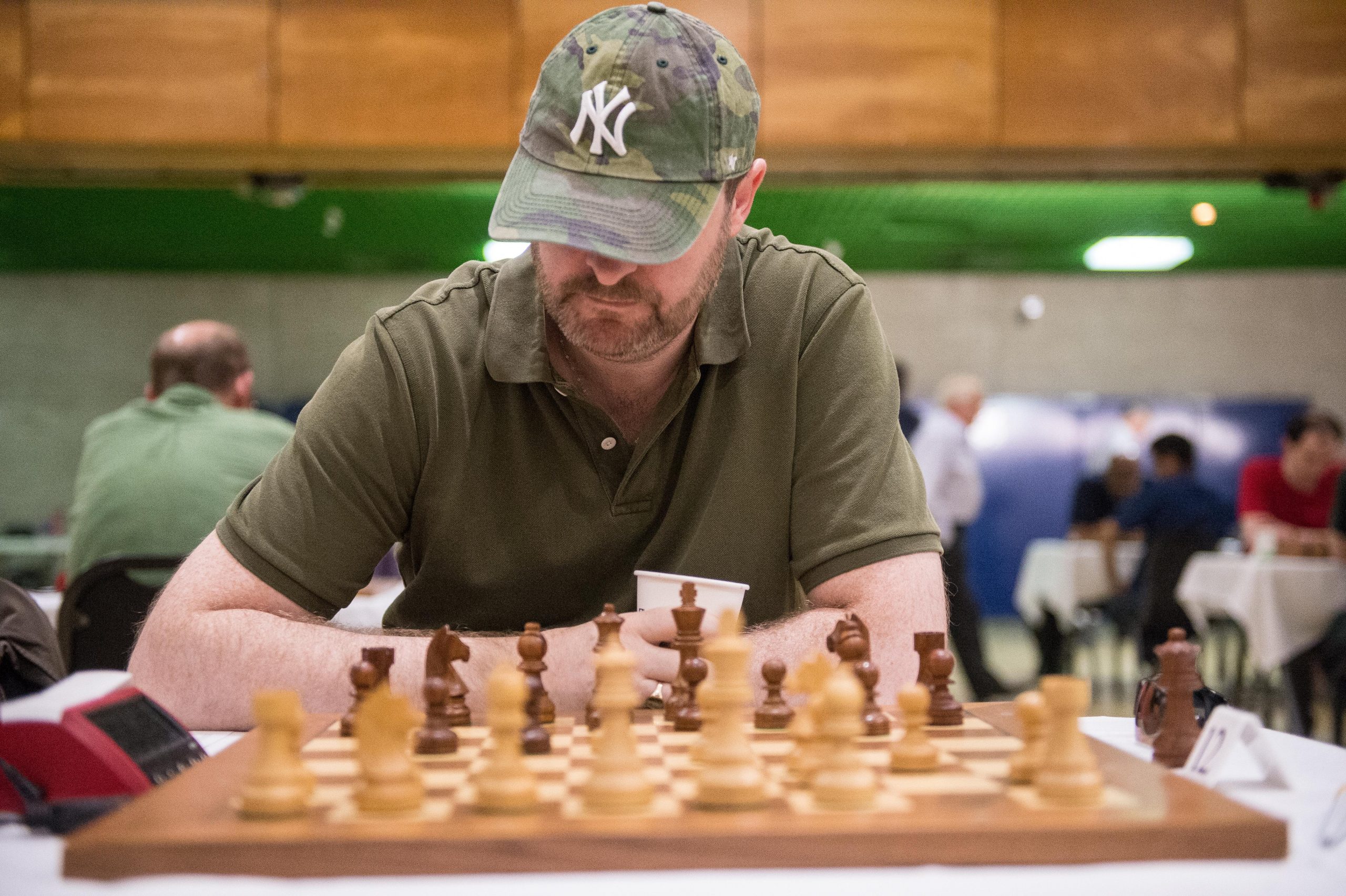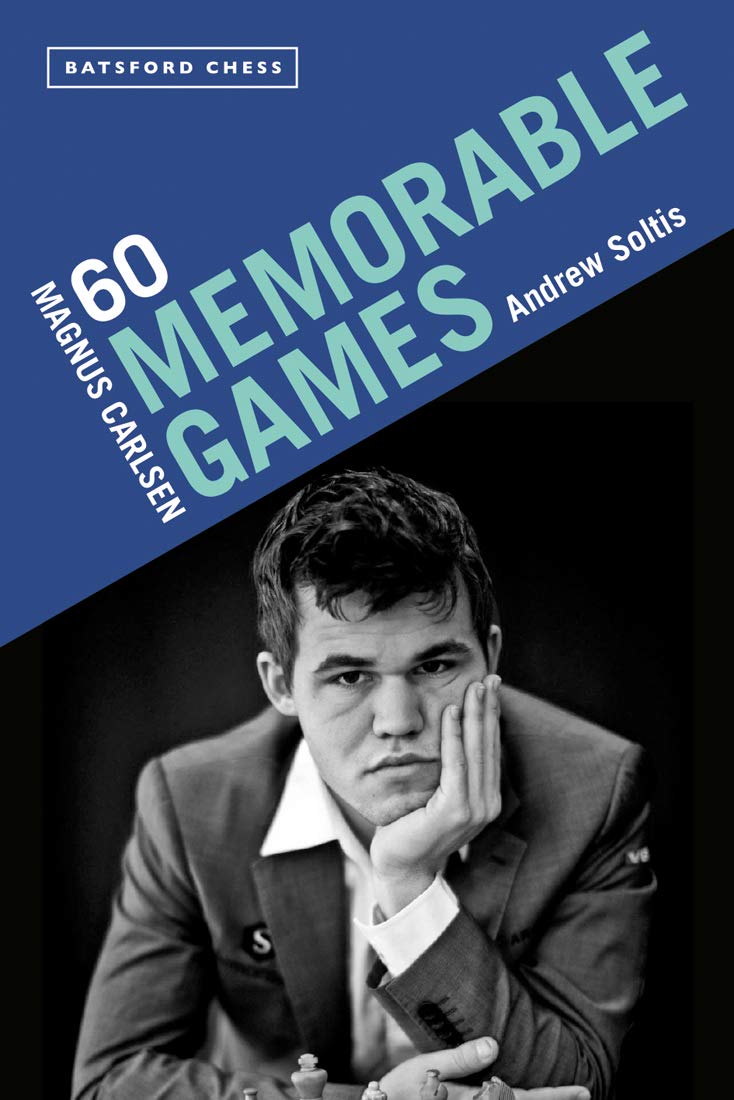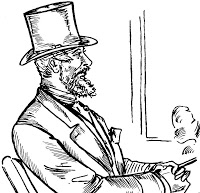
“International Grandmaster Andrew Soltis is chess correspondent for the New York Post and a very popular chess writer. He is the author of many books including What it Takes to Become a Chess Master, Studying Chess Made Easy and David vs Goliath Chess.”

From the Batsford web site :
“A book by (a) stalwart chess writer on an aspect of chess that is quite common, but little is written about, swindling in chess. In chess, a swindle is a ruse by which a player in a losing position tricks his opponent, and thereby achieves a win or draw instead of the expected loss. Renown(ed) chess writers Horowitz and Reinfeld observe that swindles, “though ignored in virtually all chess books”, “play an enormously important role in over-the-board chess, and decide the fate of countless games”. Andrew Soltis, American chess journalist, says swindles are not accidental or a matter of luck. Swindling is a skill. But there has been almost nothing written about how to do it, how to make yourself lucky in chess. Swindling means setting traps that exploit an opponent’s over-confidence. It means choosing the move that has the greatest chance of winning, rather than the move that has the least chance of losing. Soltis’ new proposal will explain to players of all levels how to do just that with plenty of examples to explain along the way.”
“… there has been almost nothing written about… ” swindles. True until recently (although books by Shamkovich/Schiller and LeMoir come to mind), but perhaps it’s unfortunate that this book was published at about the same time as David Smerdon’s outstanding book on the same subject.
Soltis’ view of what constitutes a swindle seems rather narrower than Smerdon’s. Most of the examples here are longer extracts from games where the player with an advantage in a complex position failed to win.
The first three chapters define swindles and explain the difference between swindles and traps.
Chapter Four tells you how to Make Yourself Lucky.
According to Soltis you should:
(a) Identify your best tactical resources,
(b) Give your opponent choices, and,
(c) Confuse him.
There’s quite a lot of British interest in this book, and here is Rowson – Emms (Gibraltar 2004).
If you’re clearly winning, but the position is chaotic and you perhaps don’t have too much time left to calculate it’s natural to make safe, sensible moves rather than looking for the quickest win.
This policy doesn’t always work, though.
This looks grim for Rowson: he’s two pawns down and all his opponent’s forces are in ideal attacking positions, with the immediate threat of Rxb2+.
“In mutual time pressure, White found an inspired bid to confuse, 34. Nb5~.
“It is confusing because all of Black’s main options seem to win. In fact, they all do. ‘But visually there is a lot to process’, White said after the game.”
Soltis then analyses the four captures on b5 and continues:
“No human can analyze all that in time pressure. Black made the common-sense decision 34… Rxb2+ 35. Rxb2 axb5.”
The game continued 36. Qf4~ Nc3+ 37. Ka1 when we rejoin Soltis:
“Again 37… Rf8 would have won. So would 37… Qa7. But common sense says Black should not be making his pieces passive when the tactics are reaching a peak.
“They are actually pretty active after 37… Qa7 38. Rh2 Ra8! because he mates first after 39. Qh6 Nb3+! 40. Rxb3 Qxa2+!
“Black made the intuitive decision to keep his pieces more flexible with 37… Rb7.
“White still needed a miracle. He might have tried 38. Qg5, with the idea of Qd8+. But 38… Rd7 is more than adequate.
“He changed the subject of the conversation with 38. Qe3~. That gave Black something new to think about, the threat to his knight.
“(It set a delicious trap 38…. Nc6 39. Rfc2! b4 40. Rxc3! and wins.)”
Now Soltis points out that 38… Qc5 would have won (as, according to Stockfish 12 would Rc8). Instead, Emms played 38… e5??, when Soltis mentions 39. Bc4! as leading to a position with equal chances, and Stockfish 12 adds 39. Rh2 as also being equal. After 39. Qg5!, Qa5 would have won, but 39… Ra7 turned out to be a blunder. White won after 40. Qd8+ Kg7 41. Qf6+ Kd8 42. Bc4! d5 43. Rh2! and Black resigned.
You’ll notice the symbol ~, which Soltis uses to annotate a move which, although not objectively best, is the most practical.
Chapter Five looks at swindles from the perspective of the victim (swindlee) and asks why players fall for swindles. For instance ‘The swindlee believes only two results are possible’ and ‘The swindlee wants to win quickly’. You might think differently: ‘The swindlee is in time trouble’, ‘The swindlee miscalculates’ or ‘The swindlee loses concentration’.
Further chapters again take other approaches, although there seems to be some overlap between them: ‘False Narrative and Bluffing’, ‘Panic Worthy’, ‘The Swindling Process’, ‘Swindler Versus Swindlee’. ‘Royal Swindles’ looks at swindles involving kings: perpetual check, stalemate and king marches. Finally, ‘The Very Lucky’ features three great swindlers, Judit Polgar, Lasker and Carlsen.
Here’s another all British example: Norwood – Plaskett from the 1990 British Championship held in Eastbourne.
Black’s a pawn up at the moment but, as Soltis explains:
“White threatens 26. Bb7, trapping the queen (26… Qa3 27. Ra1).
“Black can give up the Exchange, 25… Rc7 26. Be5 Qc8 27. Bxc7 Qxc7. But even with his extra pawn he would be significantly worse.
“An experienced defender – not just a swindler – would try to distract White by offering a choice. After 25… e5 Black would be alive after 26. Bxe5 Qe6.
“But if White makes the right decision, 26. Bb7! Qe6 27. Bxc8 Rxc8, he again has good winning chances. (Remember this position.)
“After 28. Qe2 a6 29. Ra5, for example, it would be harder for Black to draw than for White to win.
“Black felt his situation was dire and went for 25… Nd5~. It was partially based on 26. cxd5?? Qxb5 and 26. Bxd5? exd5 27. Rxd5 Be7 with near-equality.
“He was mainly betting that he would find counterchances if White replied 26. Rxc5! Rxc5 27. cxd5.”
Soltis then spends some time analysing that position and concluding that White would have been winning.
Returning to his narrative:
“But there was one other option for White and it occurred on the board: 26. Ra1? overlooked Black’s threat, 26… Qxb5! 27. cxb5 Nxc3 (28. Qxc3?? Bxf2+).
“The position is slightly better for White. Black can anchor his bishop on d4 with …e5. He may also be able to use tactics to liquidate the queenside pawns, bringing the position closer to a draw, e.g. 28. Bc6 Bd4 29. Ra5 a6!? 30. Rxa6 Nxb5.
“But the jarring effect of a swindle took effect and play went 28. Ra6? Bb6 29. Qb3 Ne2+ 30. Kh2? Bxf2 31. Qf3? Bxg3+ 32. Kh1 Rc1+ and Black eventually won.
“So was Black’s decision to choose 25… Nd5 over 25… e5 correct?
“The experienced swindler would say ‘Yes’ because White had three ways to go wrong (26. cxd5??, 26. Bxd5? and 26. Ra1?)
“The experienced defender would say ‘No!’ because 26. Rxc5! would have given White better winning chances than after 25… e5.”
This extract exemplifies some of the slight problems I have with the annotations. Some of it, inevitably I suppose, doesn’t quite stand up to Stockfish 12, which thinks that 25… Rc7 was a better drawing chance than either Nd5 or e5, and in that variation, Qc3 was better than Bxc7. It also considers the position in the 28. Bc6 line in the game to be completely level. Perhaps, from a GM perspective, White is slightly better, but I’m not a GM so I really have no idea.
Soltis also writes as if it’s plausible that a strong player will fall for an obvious trap. Is it really likely that a strong tactician like Norwood would have considered 26. cxd5??, or would have played 26. Bxe5 rather than 26. Bb7 after 25… e5?
At the same time I felt that he sometimes reads too much into what the players might have been thinking about and how far ahead they saw. Were Norwood’s subsequent mistakes caused by ‘the jarring effect of a swindle’, by time trouble, perhaps by a combination of the two, maybe by something else entirely? You’d have to ask him to find out.
As is to be expected from Soltis, this is a workmanlike book with, as you will have seen from these examples a lot of exciting chess, as well as some helpful advice on how to play – and how to avoid -swindles. I certainly enjoyed reading it, but I’m not convinced I learnt anything new. The general appearance of the book is rather old-fashioned, and there are a few – admittedly insignificant – notation errors.
If you’re looking for a book on swindles I’d strongly advise you go for Smerdon first: it really is an excellent – and highly entertaining – read. If that book whets your appetite for more swindles, you won’t be disappointed with Soltis. Recommended for players of all levels, but not a first choice.
Richard James, Twickenham 26th January 2021

Book Details :
- Paperback: 240 pages
- Publisher: Batsford Ltd; 1st edition (5th March 2020)
- Language: English
- ISBN-10:1849945632
- ISBN-13:978-1849945639
- Product Dimensions: 15.24 x 2.03 x 23.11 cm
Official web site of Batsford



